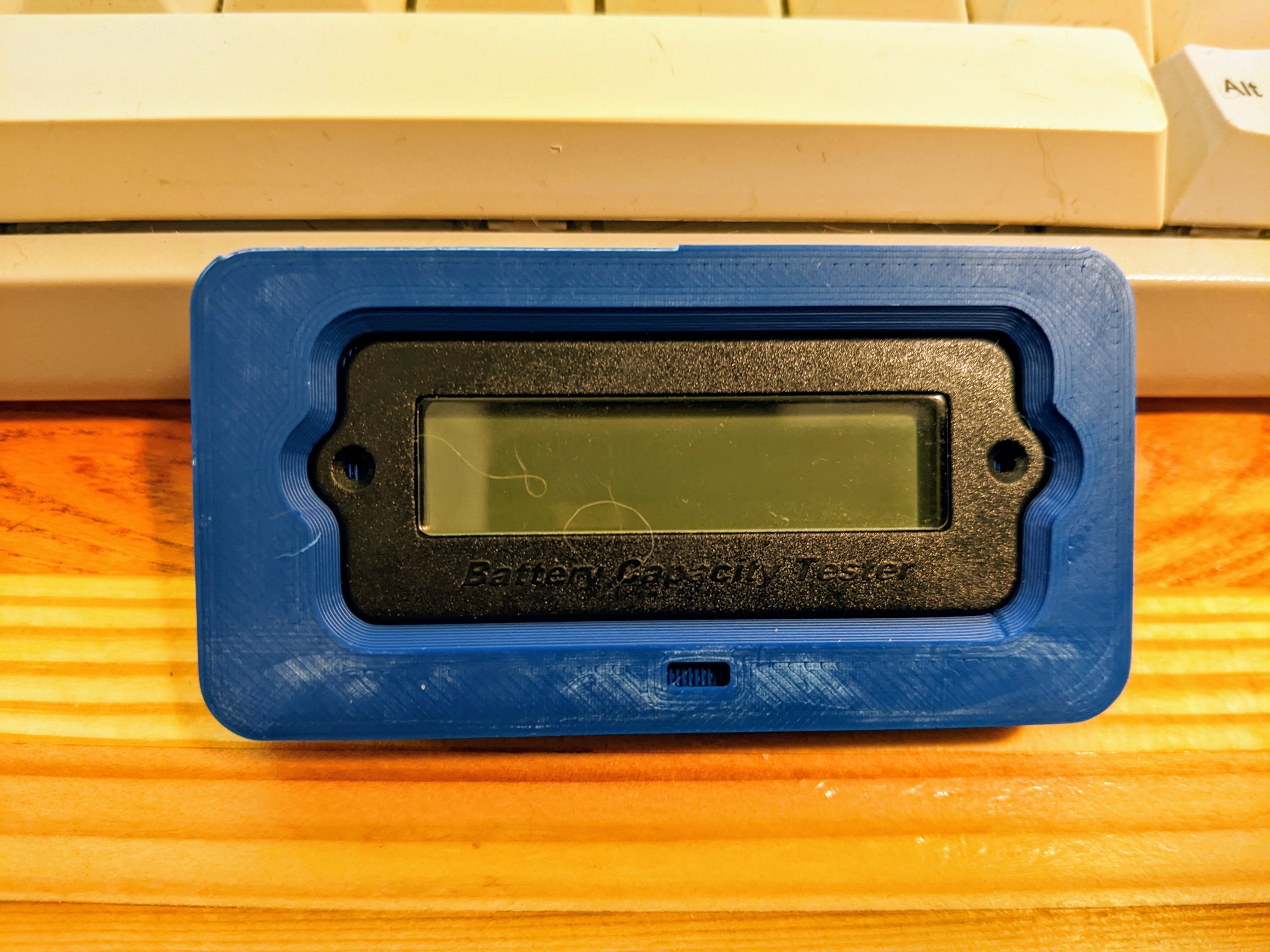view the rest of the comments
3DPrinting
3DPrinting is a place where makers of all skill levels and walks of life can learn about and discuss 3D printing and development of 3D printed parts and devices.
The r/functionalprint community is now located at: or !functionalprint@fedia.io
There are CAD communities available at: !cad@lemmy.world or !freecad@lemmy.ml
Rules
-
No bigotry - including racism, sexism, ableism, homophobia, transphobia, or xenophobia. Code of Conduct.
-
Be respectful, especially when disagreeing. Everyone should feel welcome here.
-
No porn (NSFW prints are acceptable but must be marked NSFW)
-
No Ads / Spamming / Guerrilla Marketing
-
Do not create links to reddit
-
If you see an issue please flag it
-
No guns
-
No injury gore posts
If you need an easy way to host pictures, https://catbox.moe may be an option. Be ethical about what you post and donate if you are able or use this a lot. It is just an individual hosting content, not a company. The image embedding syntax for Lemmy is 
Moderation policy: Light, mostly invisible

I appreciate the reply. You described my usual process, but the dimensions on this thing are very not-round.
Yup!
For simpler shapes, I agree with you. That's exactly what I do usually and I'm pretty good at getting things on the first shot with a pair of calipers and a radius gauge. I do not have convex radius gauges, but I guess I could have printed some. This thing has... very arbitrary dimensions (it's 23.22mm tall on a pair of mitutoyo calipers - I doubt I'm off by the 0.03 to make it a nice round 23.25). Even if it really does have 0.25mm dimensions, that would make me want to avoid guessing radii. I also wasn't sure how to guess at locating the bump out for the screw holes accurately. In either case, I would be iterating a few times to get a snug fit.
They're not :(
They are!
Normally I agree with this, but the dimensions on this part are super goofy. I've seen this on a few other random China parts, but it is pretty uncommon.
I figured I would have to iterate either way and suspect I did less iterating this way than trying to guess radii. The time commitment wasn't that large, and would have been similar in either case. As for plastic, each test piece weighs 10 grams and I went through four total, including this one. Nearly all my prints are functional, or they're fixing broken kid toys (I guess this is functional too), so I'm not too worried about the small amount of waste.
Oh wow, that is very strange. I checked if 23.22mm was anything in inches, and it's 0.914 and change, so it's not an imperial thing. I wonder if it just comes from people eyeballing it with no real dimensions or something?
Well, as you were I guess. ¯\_(ツ)_/¯
The mold was likely 24mm. There could be some shrinkage or a the shot of plastic was a bit light for that set.
Or, it was actually 23.22mm and the dimensions were calculated from another reference point, like PCB or LCD size. If anything, .22mm was supposed to be .25mm clearance.
Translating CAD into plastic and back into CAD can be a very strange thing sometimes.
Edit: I reverse engneer a ton of things in CAD. Sometimes just some calipers work, but for curves, pictures + calipers + gauges are the way to go. Sometimes, if you get core dimensions correct, the correct curves can "emerge" from the design itself, but that is a somewhat rare dark art. Pro-tip: A reverse engineered part is almost never going to be perfect, but almost always has the potential to be better than the original.
I appreciate the detailed reply! If anything, someone reading it will learn something. It's always amusing trying to make nice fitting sockets for random electrical parts. Sometimes the dimensions make a lot of sense. Other times they feel very random, which is surprising given that basically all these parts are probably modeled in CAD.
I appreciate you not being defensive and just explaining your process in so much detail. I learned something about how finnicky some of these parts can be. I wonder if another strategy would be to trace the part onto paper and scan it, to get an undistorted shape?
And I don't mind explaining things, it's someting I sort of can't help to be honest. I hope it's useful to someone.
Tracing can work, but it's a little fickle too. In this case the part had a small radius on its face. There's also the whole pencil lead has width thing, but it can work OK if you're very intentional at keeping the pencil tip pointing at the part in question.
Flatbed scanners also work fairly well, but they're focused at the glass height and you quickly lose detail if the parts have a radius on them.